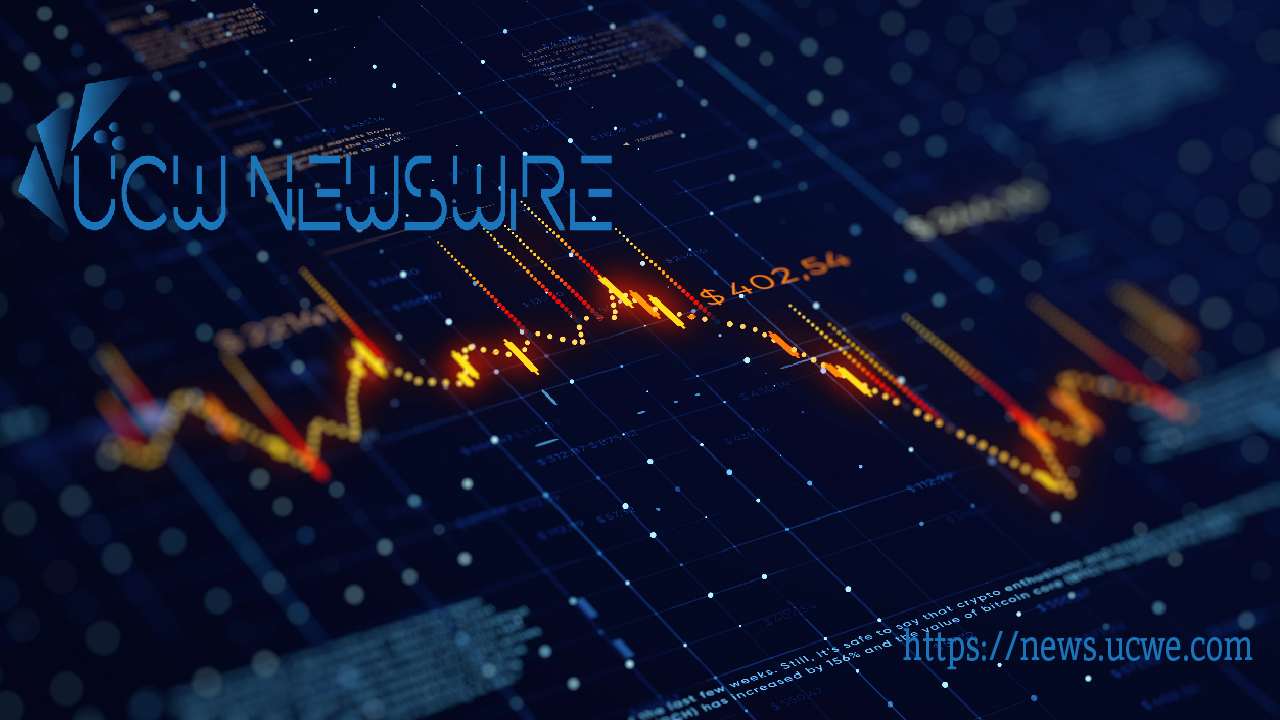The Benefits of Synthetic Assets Globally, Promoting Opportunities and Inclusion
Synthetic assets, also known as synthetic securities or derivatives, are financial instruments that derive their value from underlying assets. These assets can be anything from stocks, bonds, commodities, and currencies,

Synthetic assets, also known as synthetic securities or derivatives, are financial instruments that derive their value from underlying assets. These assets can be anything from stocks, bonds, commodities, and currencies, to more complex assets such as indices or weather patterns. Synthetic assets are created through financial engineering and are used to manage risk, create new investment opportunities, and increase liquidity in the markets.
One of the key benefits of synthetic assets is that they allow investors to gain exposure to a particular asset or market without actually owning the underlying asset. For example, a synthetic bond allows investors to participate in the bond market without having to physically own the bond. This can be particularly useful for investors who may not have the resources or ability to invest in the underlying asset directly.
Another benefit of synthetic assets is that they can be used to manage risk. For example, a synthetic asset such as a credit default swap can be used to transfer the credit risk of a bond from one party to another. This can be useful for investors who are looking to diversify their portfolio and reduce the overall risk of their investments.
Synthetic assets can also be used to create new investment opportunities. For example, a synthetic ETF can be used to create a portfolio of assets that is not available through traditional ETFs. This can be particularly useful for investors who are looking to invest in niche markets or sectors.
A very important feature is that synthetic assets can increase liquidity in the markets. This is because they allow investors to buy and sell assets in a more efficient manner, as they do not have to wait for the underlying asset to be available. This can lead to more efficient pricing and lower transaction costs for investors.
Overall, synthetic assets can provide a wide range of benefits for investors, including increased exposure to different markets, risk management, new investment opportunities, and increased liquidity. They have become increasingly popular in recent years, and are likely to continue to play an important role in the financial markets in the future.
The access to synthetic assets on decentralized digital asset exchanges are giving investors globally exposure to a variety of asset classes in a rapid and secure fashion. Some examples include Synthetix and HootDex, both of which offer various synthetic assets and are decentralized systems.
UCW Newswire

